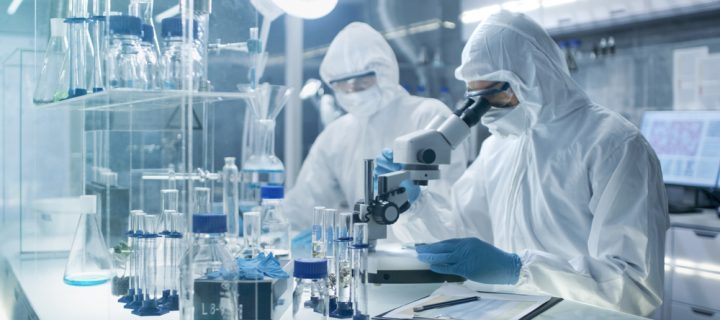In what’s being called a breakthrough in stem cell science, scientists are getting close to being able to grow human eyeballs in the lab.
Using little more than a small sample of adult skin, biologists led by Kohji Nishida at Osaka University in Japan have found a method that nurtures and grows the tissues that compose the human eye. With this new technology, Nishida and his team can construct retinas, corneas, the eye’s lens, and so on.
The Japanese researchers ran trials to restore sight in blind rabbits. Since the rabbits don’t have fully-grown corneas, the team of biologists grew rabbit cornea – the transparent cover of the eye – which restored sight successfully.
Human trials are next.
“We are now in the position to initiate first in-human clinical trials of anterior eye transplantation to restore visual function,” Nishida wrote in the journal Nature. He thinks within three years, they’ll develop ways to repair disease- or injury-damaged human corneas.
Nishida’s team is building on groundbreaking stem cell technology from a decade ago. In 2006, scientists managed to create fully-fledged stem cells from ordinary child or adults cells, like blood or skin, with a few simple DNA tweaks. Shinya Yamanaka and Sir John Gurdon won the Nobel Peace Prize in Physiology or Medicine in 2012 for that work.
The cells created are induced pluripotent stem cells, or iPS. These iPS cells can be coerced into forming ‘proto-eyes’, from which scientists could harvest a bounty of different eye tissues. You can see the process in the short clip below:
If all goes well, scientists will be able to take samples from practically any type of cells from the body to fix and rebuild injured eyes, right from the patient’s own body.
Photo credit: Gorodenkoff/Shutterstock












